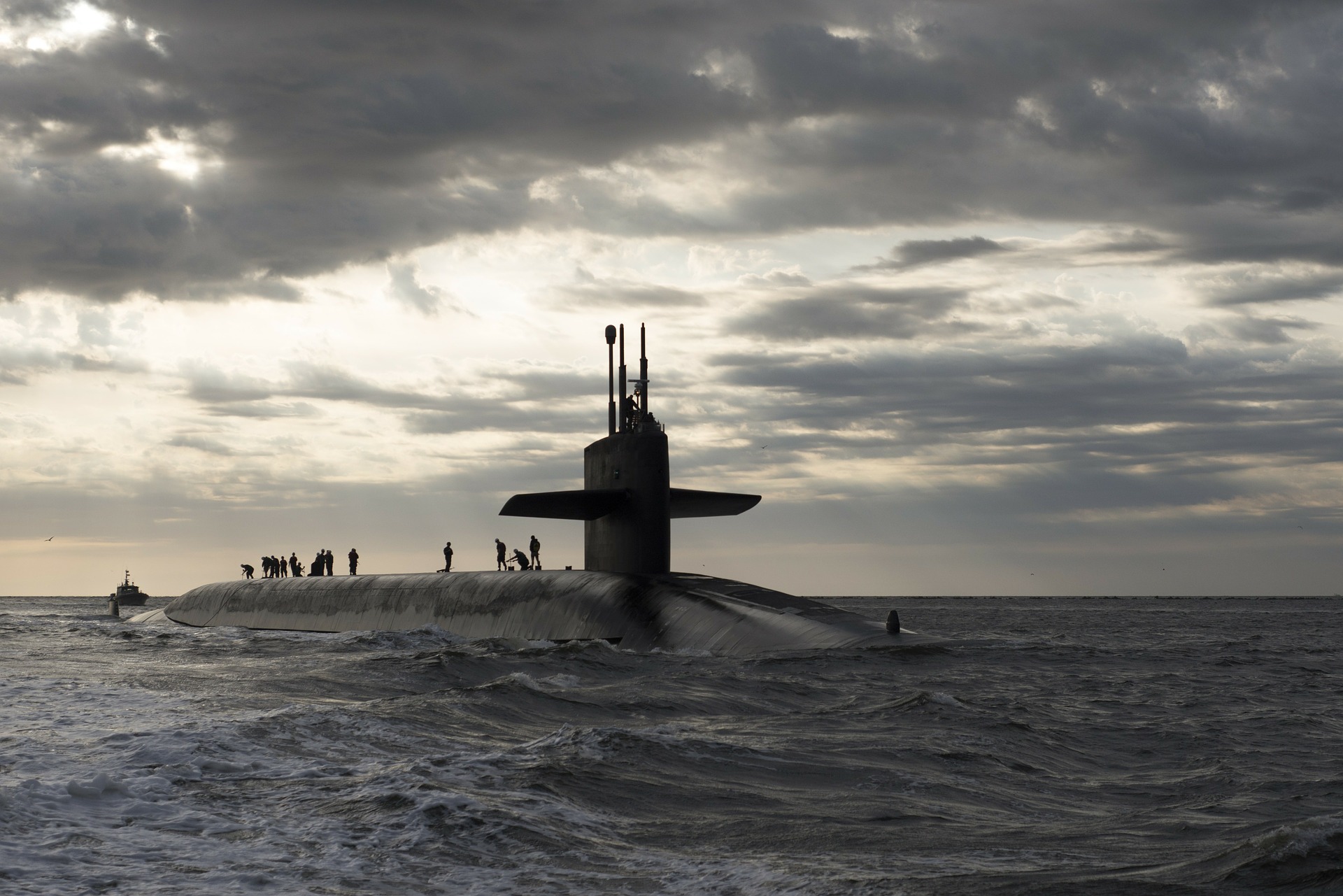Mission Command and “Turn the Ship Around” by Louis David Marquet
27/02/2018


Turn the Ship Around’s main premise is that many organisations’ management techniques have created Leader-Follower environments, even in the US Navy it seems, and David Marquet sought to bust this approach and develop a Leader-Leader style of Management on board a US submarine – the USS Santa Fe. This book, which will be reviewed in an upcoming blog, gives some excellent pointers on some concrete steps that can be taken to move from the Leader-Follower (often referred to as Command & Control or Micromanagement) style to the Leader-Leader (“Mission Command” or “Centralised Intent”) style.
Per our previous blogs, Mission Command is a technique that began with its rudiments towards the end of the Napoleonic Wars and that has been significantly refined and honed between then and now by most western militaries.
And management (both academic and corporate) today has overlooked this powerful approach to successfully developing and implementing Strategy – mainly because the Industrial Revolution, happening at the same time, gave rise to a parallel methodology starting with factories and then services industries building their own management techniques that have led to the way many organisations are run as we see them now in the 21st century. Generally speaking these techniques have shown themselves time and again to be “patchy” at best.
We’ve had the opportunity to work with several organisations to develop a Mission Command style. Three examples:
- Working with the Command Teams from two Fire Services looking to develop a Strategic Collaboration, by working methodically through the first 2 – 3 stages of our 8-stage process, we were told we had accomplished in two 1-day workshops what these teams had been attempting for the best part of 2 years
- Working with a global technology company, we were driven into the details of solutions (Stages 4 – 6) before completing Stages 1 – 3, and have hit the pause button to see if we can re-engage appropriately
- Working with a large Public Sector body in the North-West of England, we observed a first attempt to align Strategy Execution with the Central Intent, where far too much depth and detail was being covered – leaving many of the senior management confused and the executive team frustrated. A second attempt was much more successful using elements of Mission Command techniques and sticking with the first stage of our 8-stage process – fundamental Central Intent coming through, and then looking at the next level of management down to start fleshing out further stages in more detail.
More case-studies will be developed, and, along with our 8-stage process, will be revealed in forthcoming blogs. It seems as if we’re catching Glimpses of the Blindingly Obvious (GBOs), as we peel back some of the traditional management techniques and begin applying learnings from the military.
As Stephen Bungay observes in discussing GBOs in his book, Art of Action (this quote supposedly attributed to Winston Churchill): “Most people, sometimes during their lives, stumble across truth. And most jump up, dust themselves off, and hurry on about their business as if nothing had happened.”
What will you do?
Categories & Tags:
Leave a comment on this post:
You might also like…
Keren Tuv: My Cranfield experience studying Renewable Energy
Hello, my name is Keren, I am from London, UK, and I am studying Renewable Energy MSc. My journey to discovering Cranfield University began when I first decided to return to academia to pursue ...
3D Metal Manufacturing in space: A look into the future
David Rico Sierra, Research Fellow in Additive Manufacturing, was recently involved in an exciting project to manufacture parts using 3D printers in space. Here he reflects on his time working with Airbus in Toulouse… ...
A Legacy of Courage: From India to Britain, Three Generations Find Their Home
My story begins with my grandfather, who plucked up the courage to travel aboard at the age of 22 and start a new life in the UK. I don’t think he would have thought that ...
Cranfield to JLR: mastering mechatronics for a dream career
My name is Jerin Tom, and in 2023 I graduated from Cranfield with an MSc in Automotive Mechatronics. Originally from India, I've always been fascinated by the world of automobiles. Why Cranfield and the ...
Bringing the vision of advanced air mobility closer to reality
Experts at Cranfield University led by Professor Antonios Tsourdos, Head of the Autonomous and Cyber-Physical Systems Centre, are part of the Air Mobility Ecosystem Consortium (AMEC), which aims to demonstrate the commercial and operational ...
Using grey literature in your research: A short guide
As you research and write your thesis, you might come across, or be looking for, ‘grey literature’. This is quite simply material that is either unpublished, or published but not in a commercial form. Types ...






